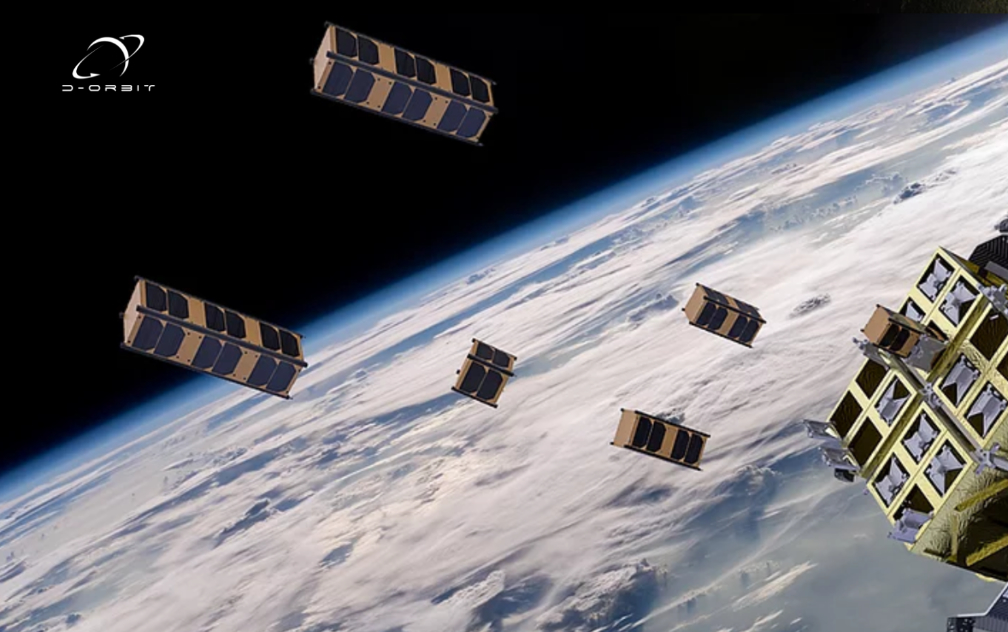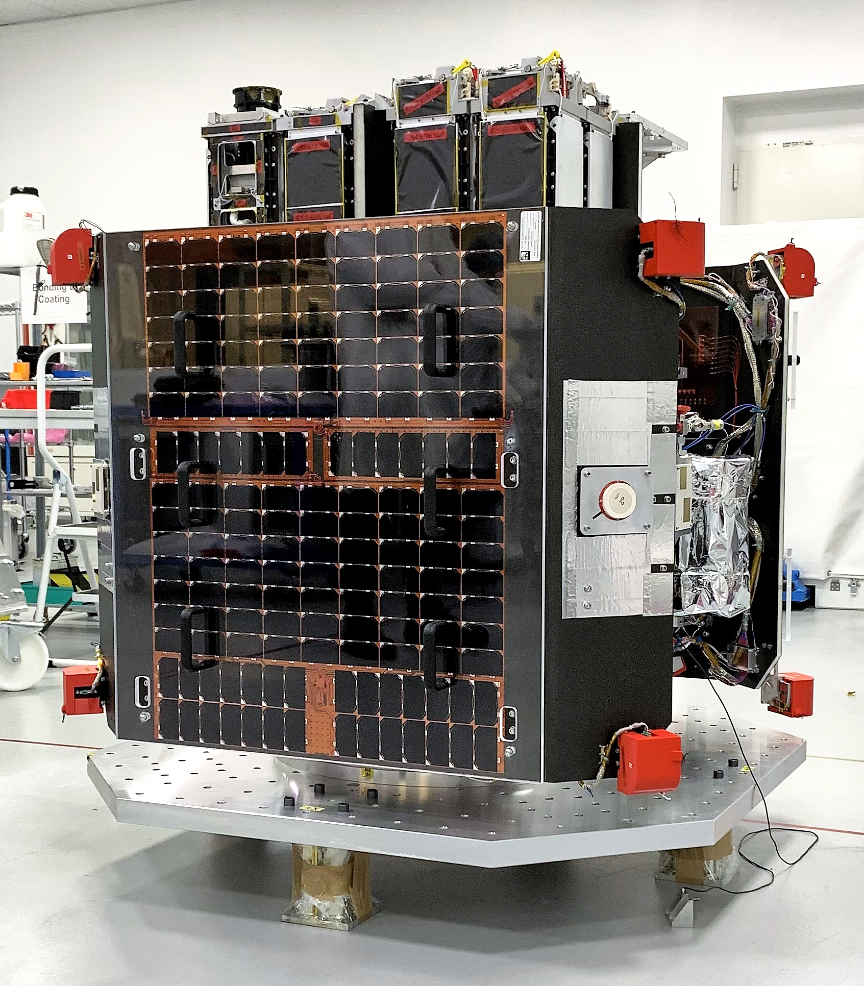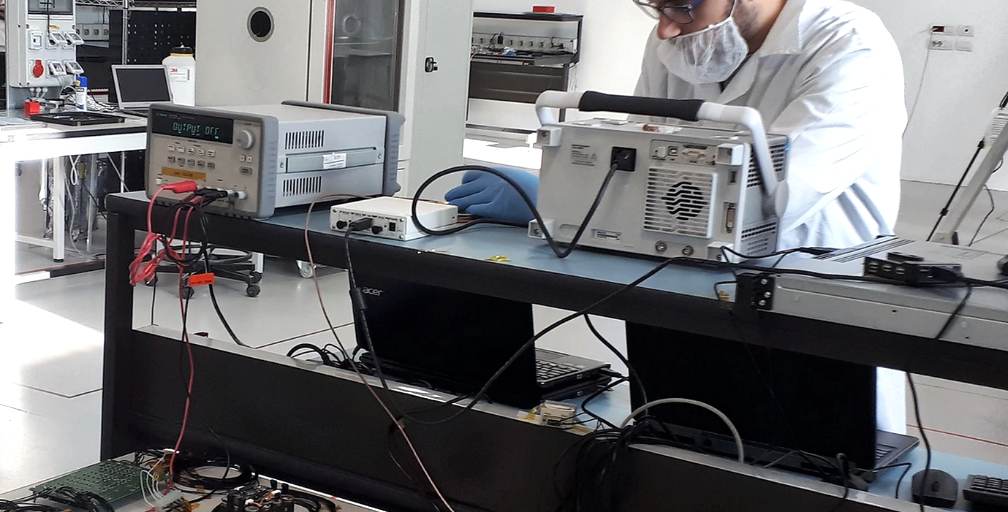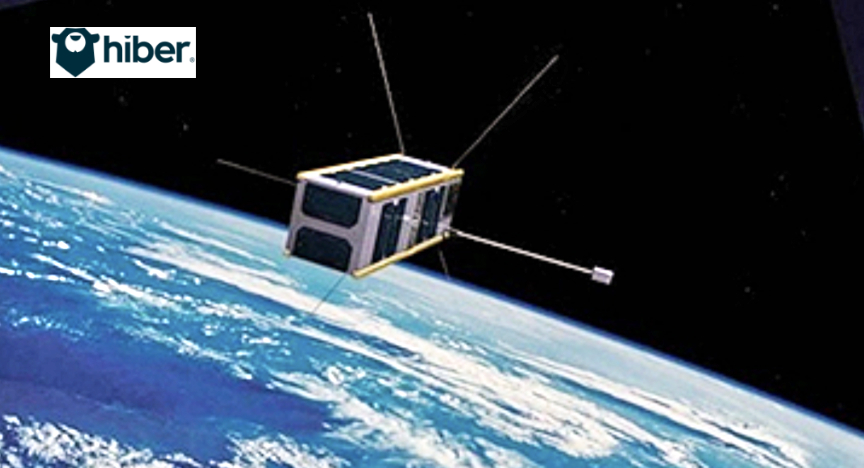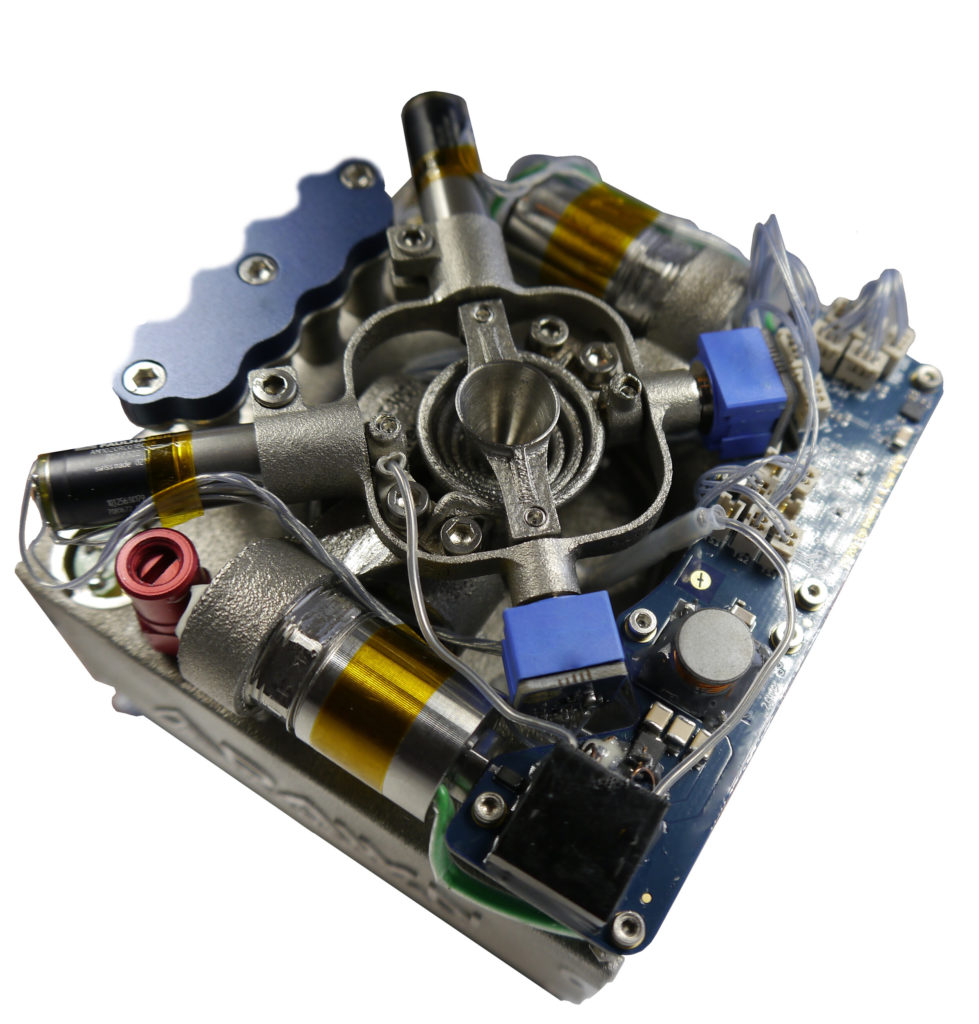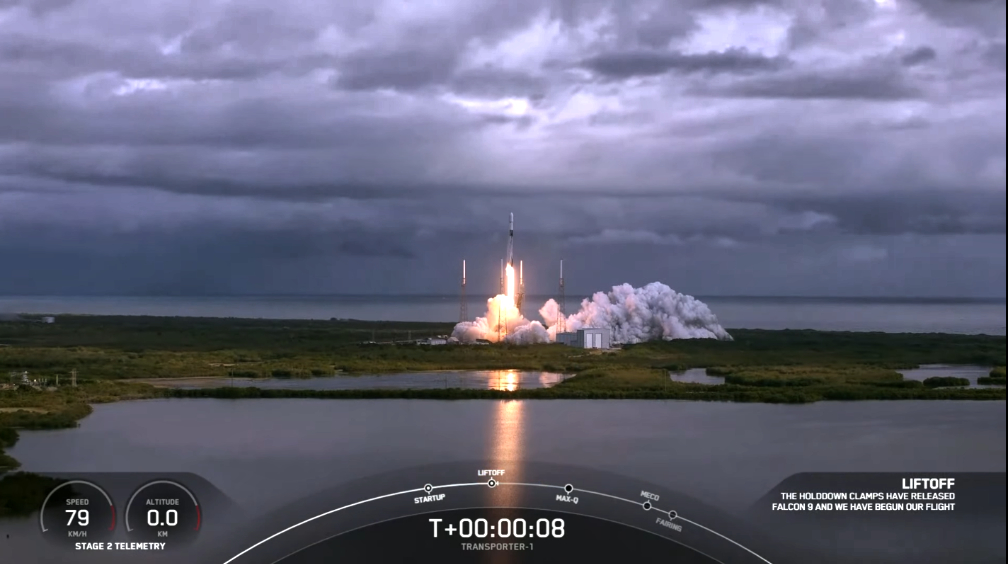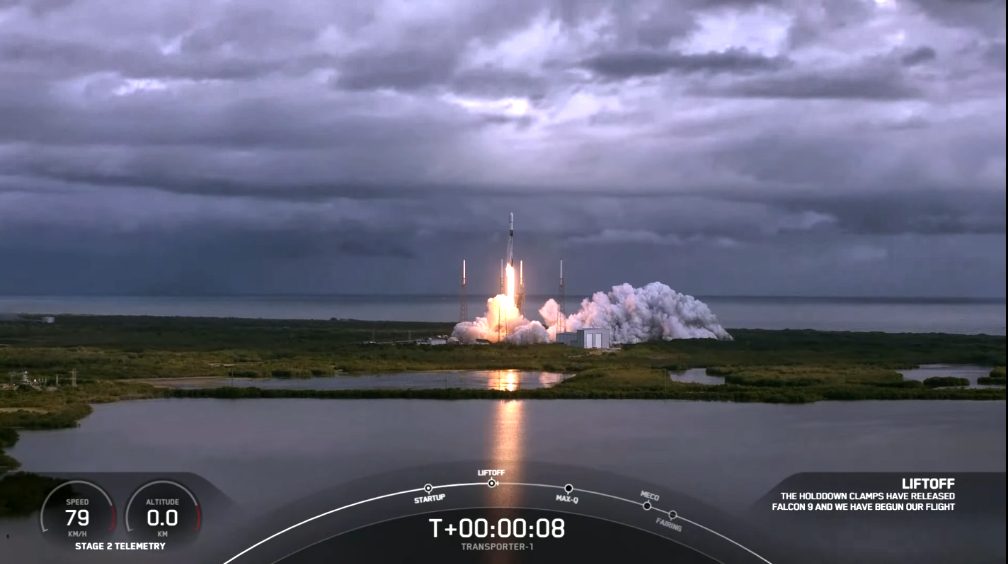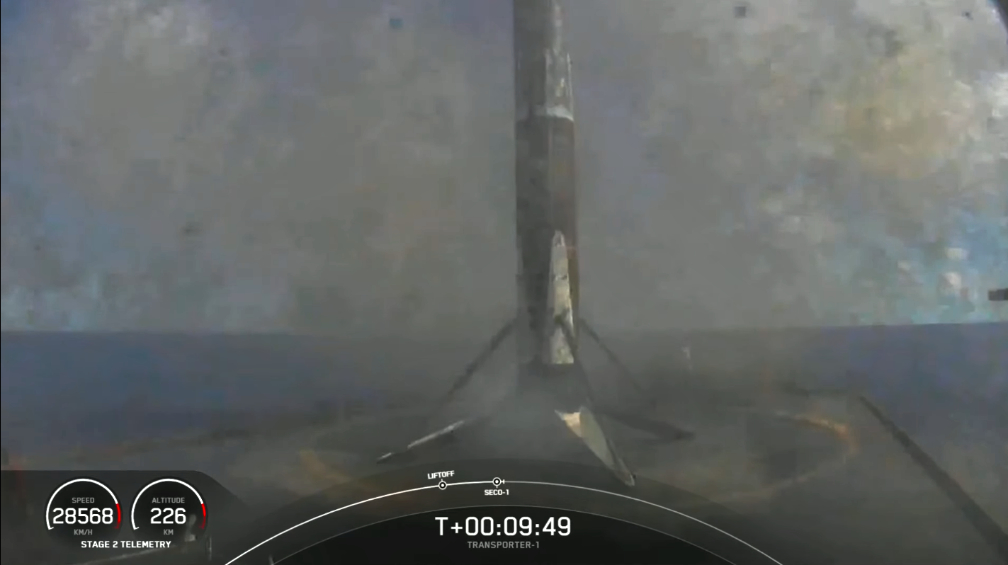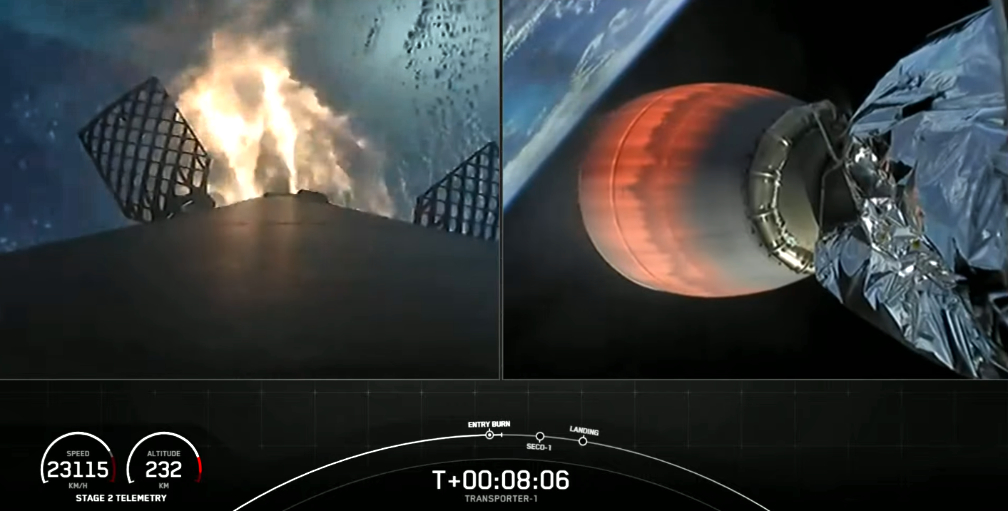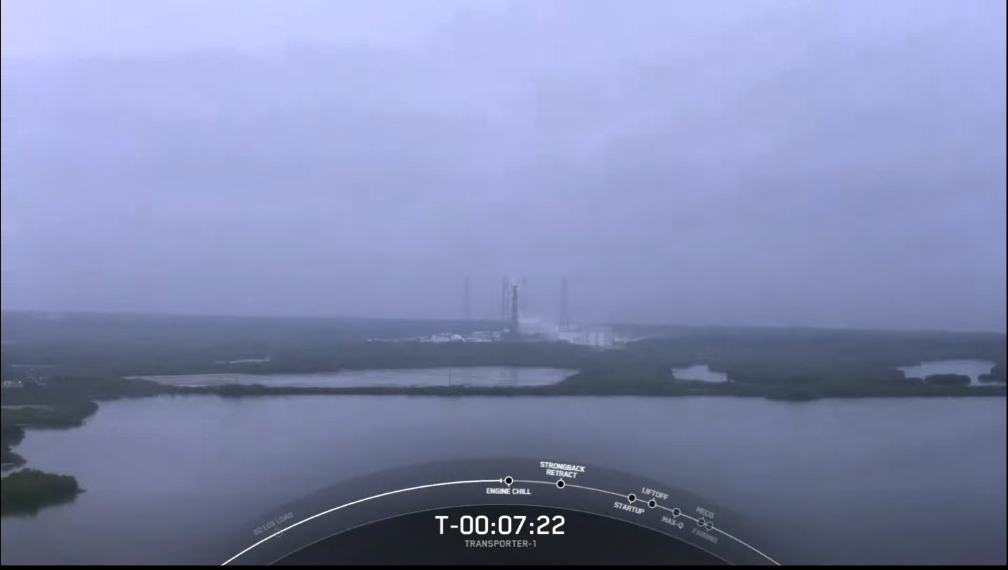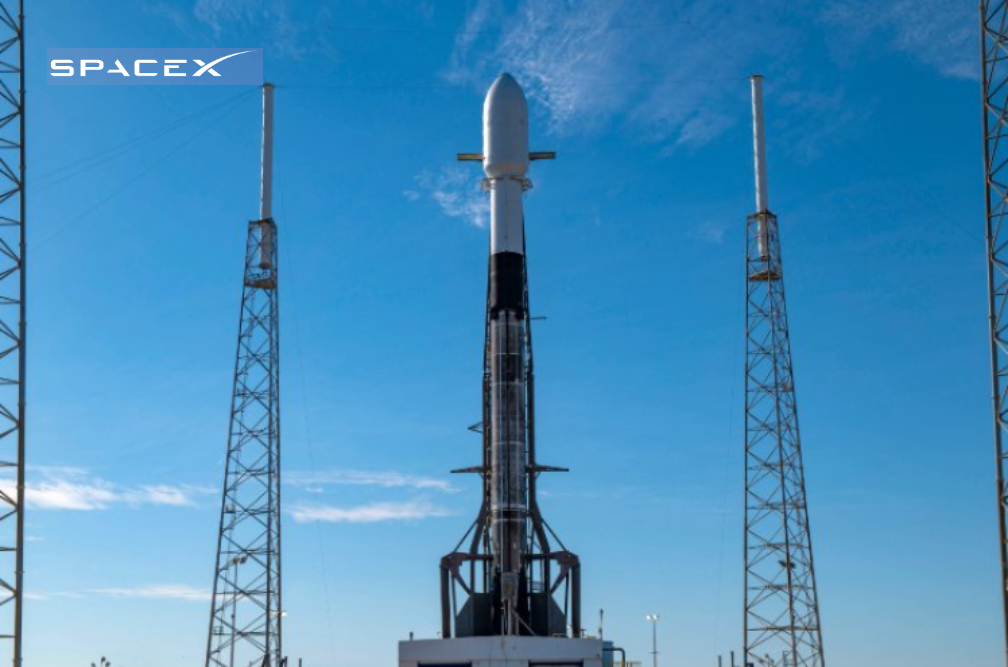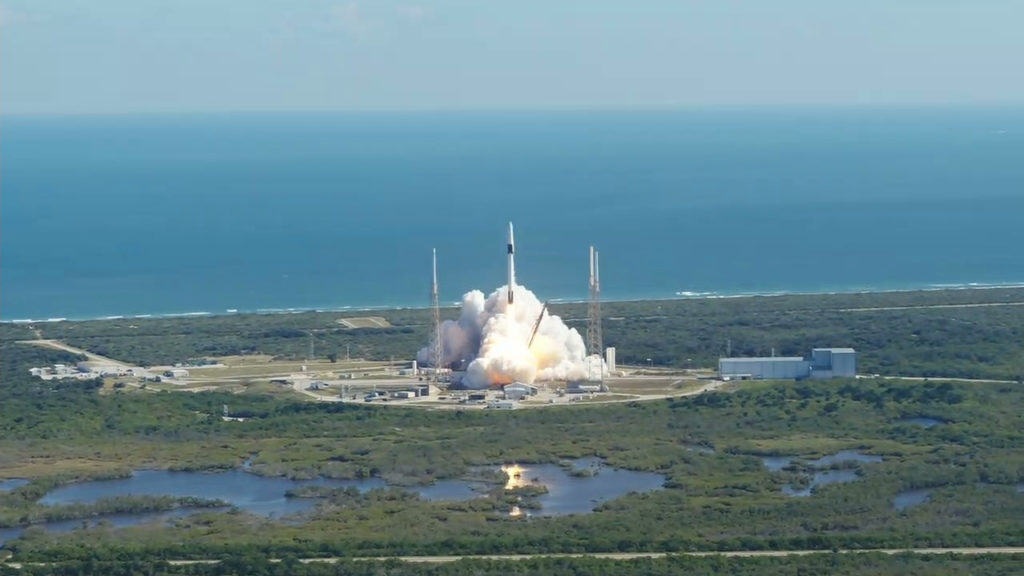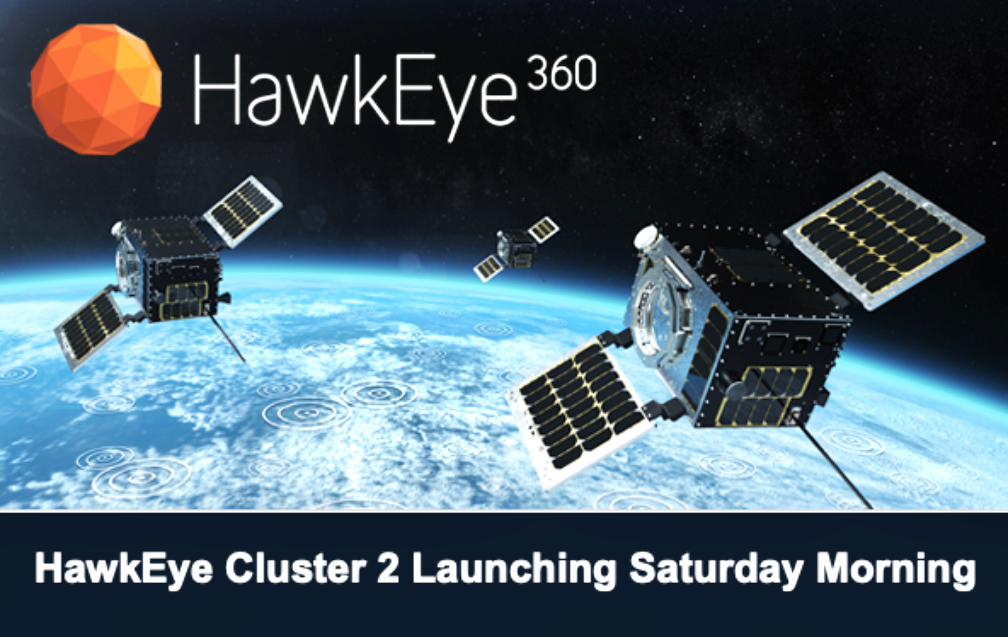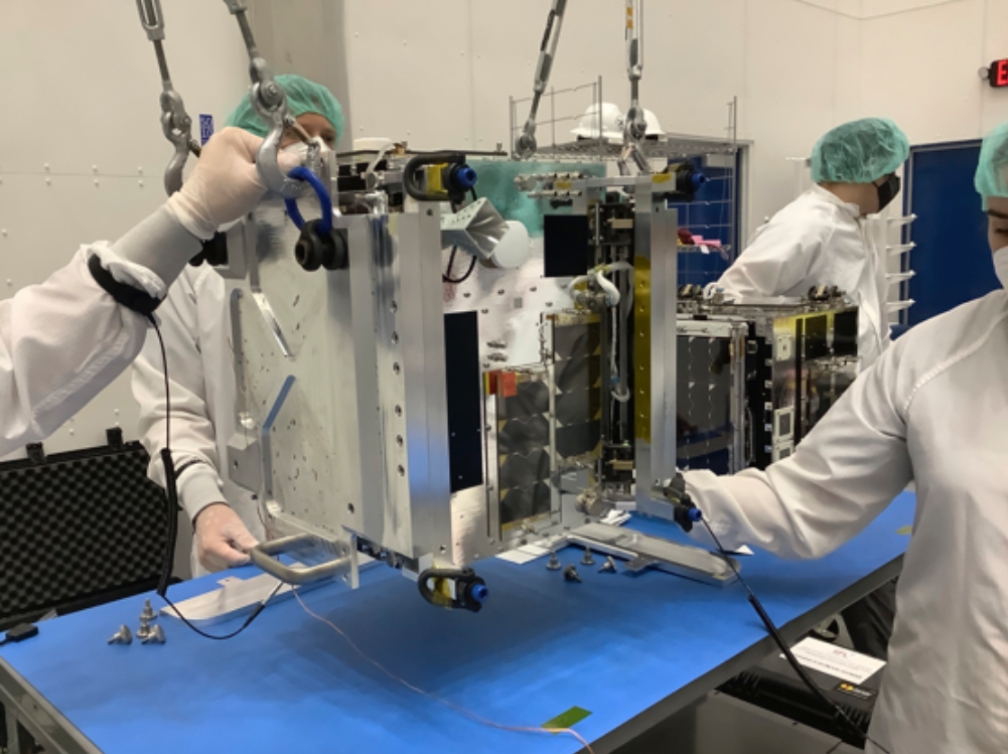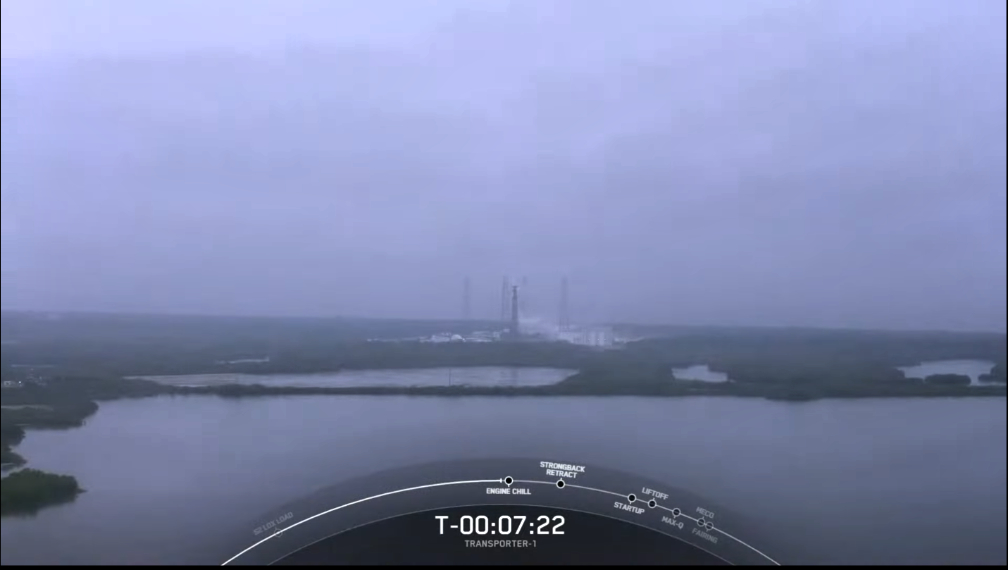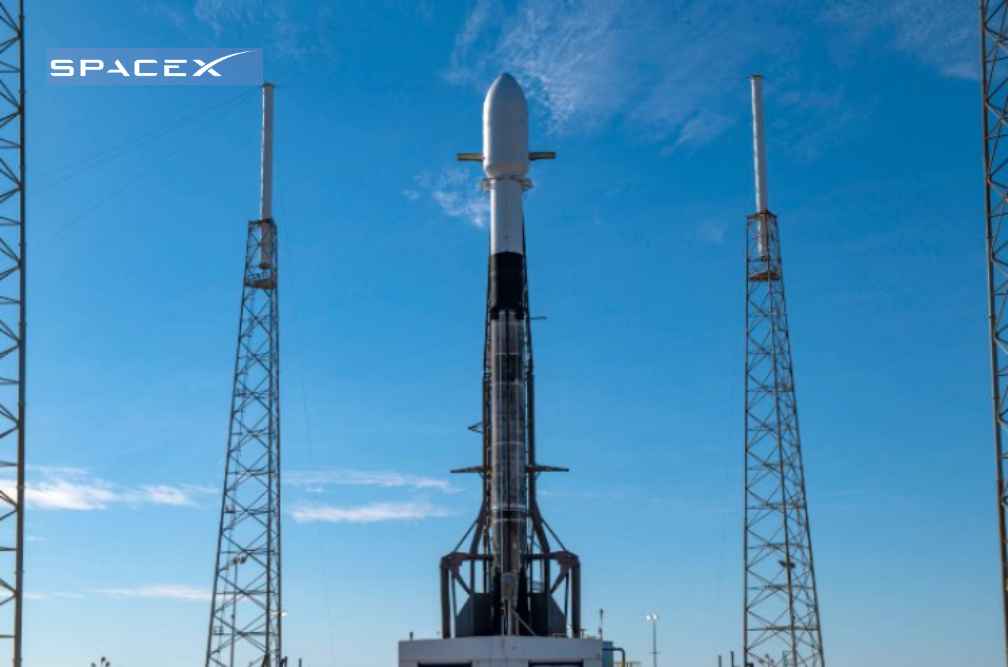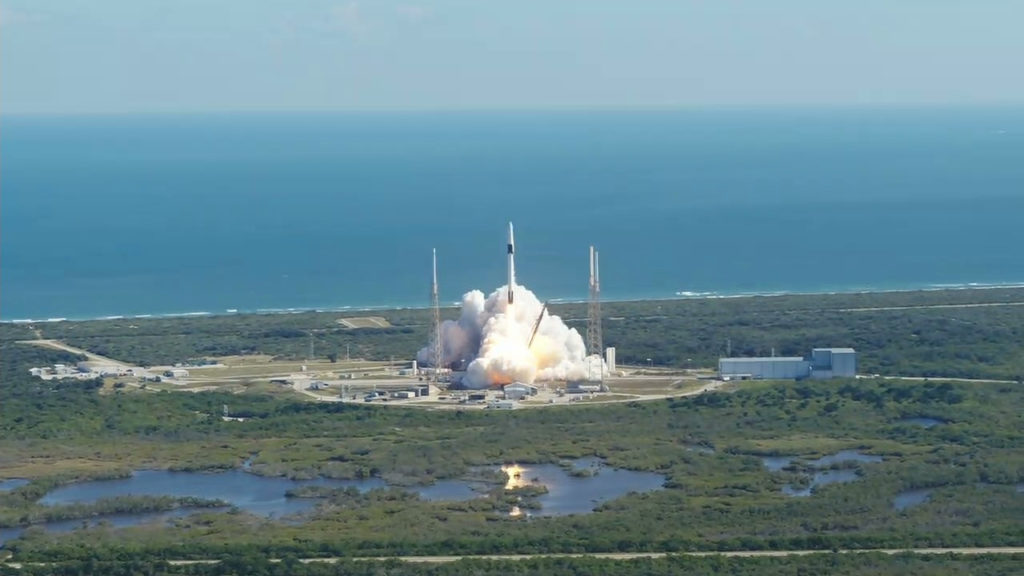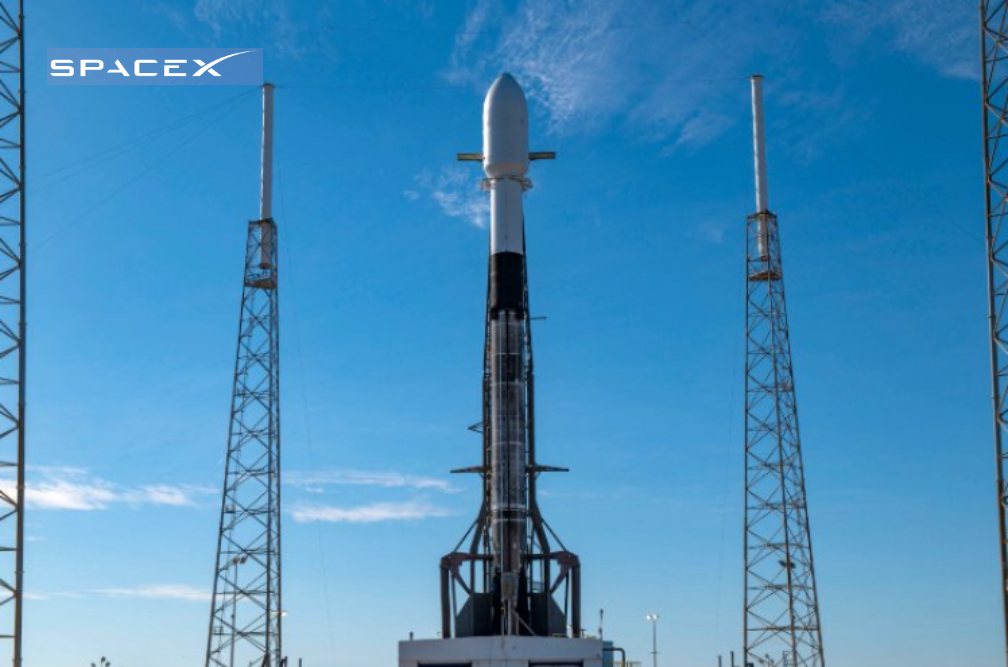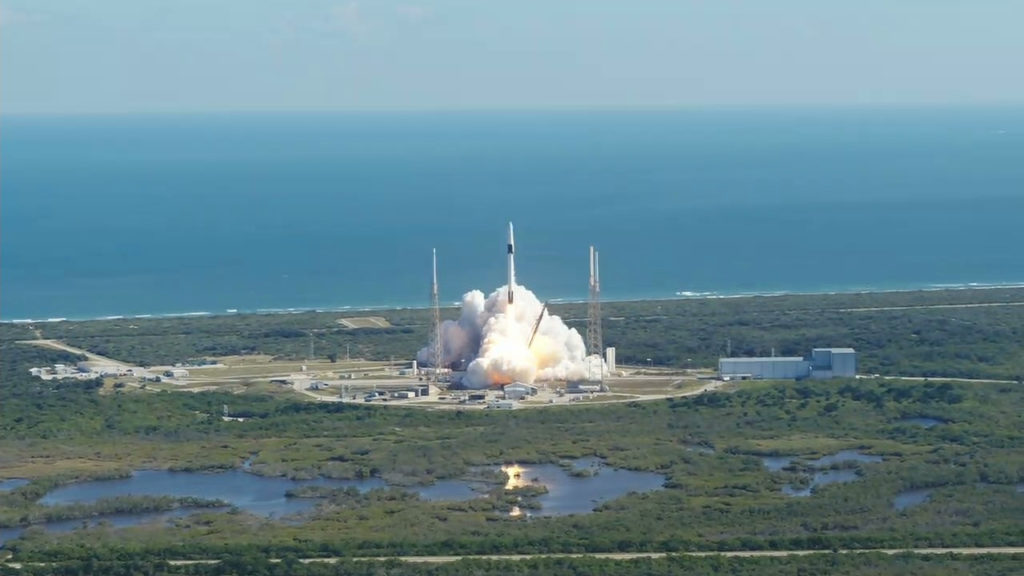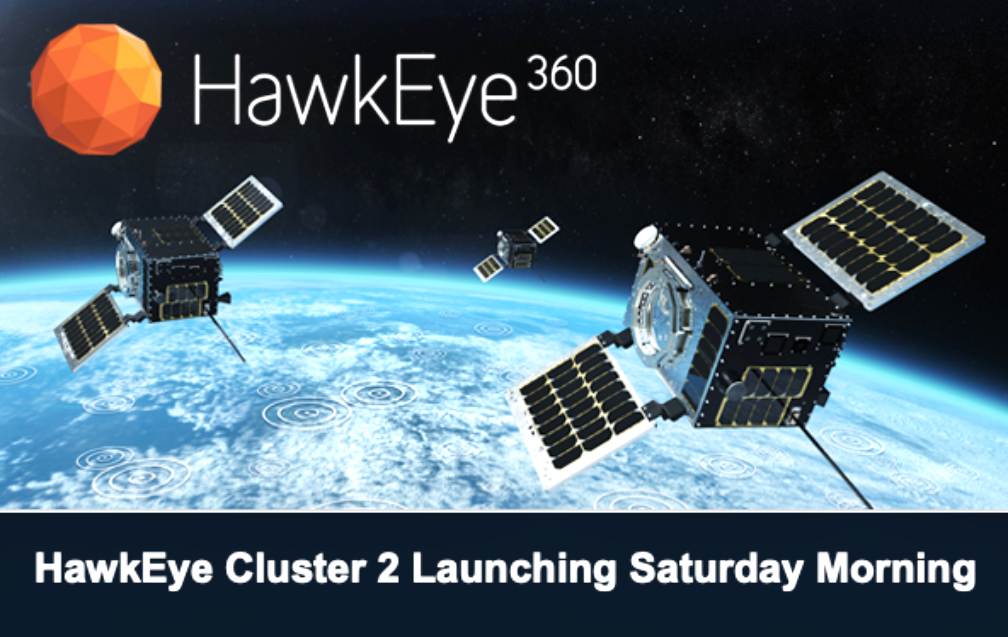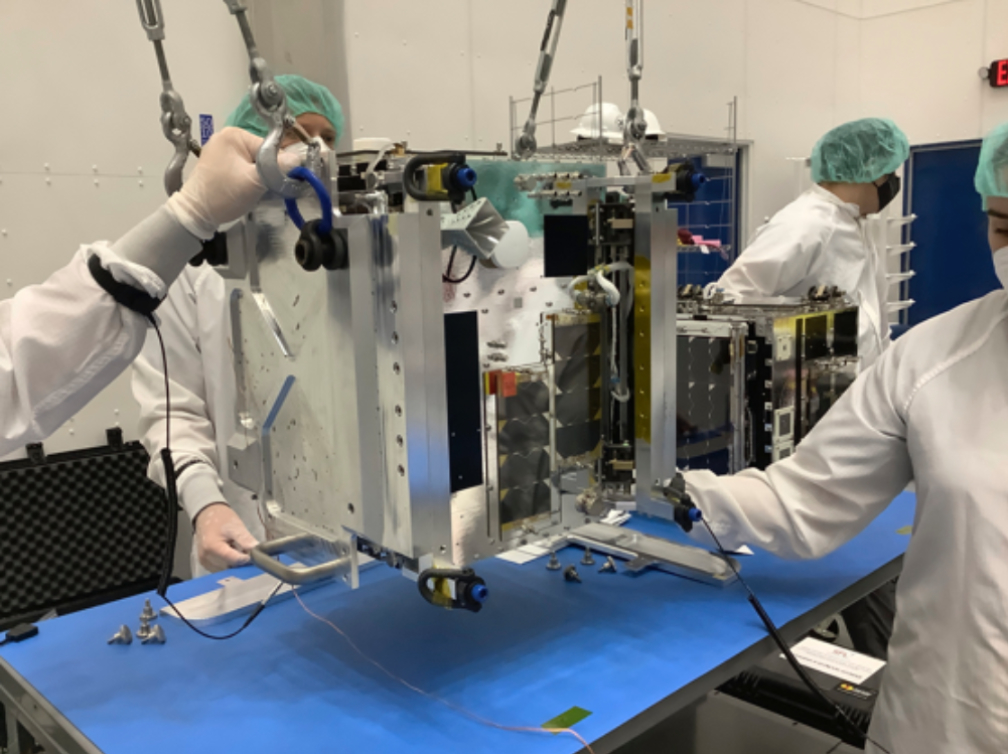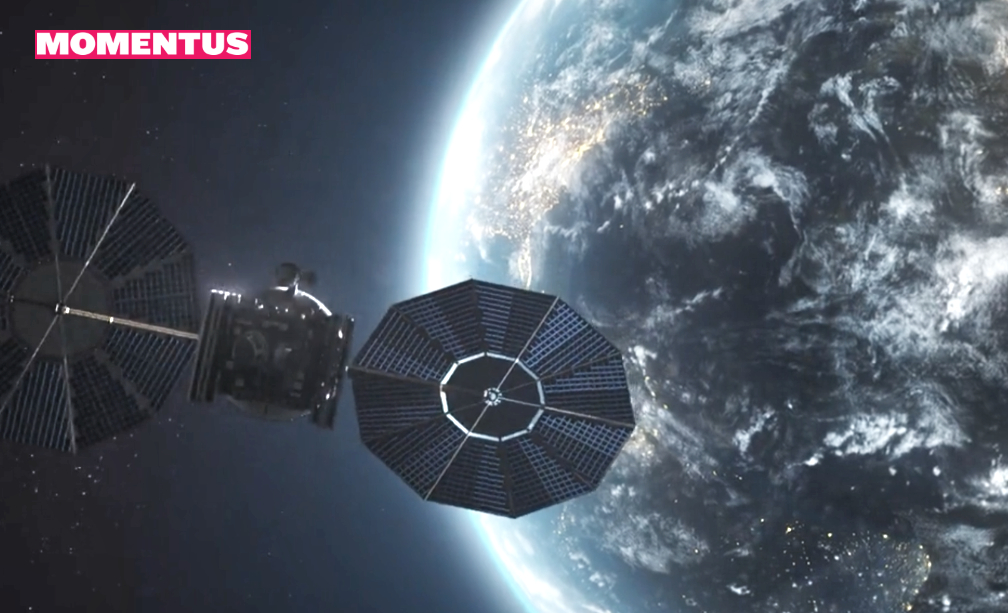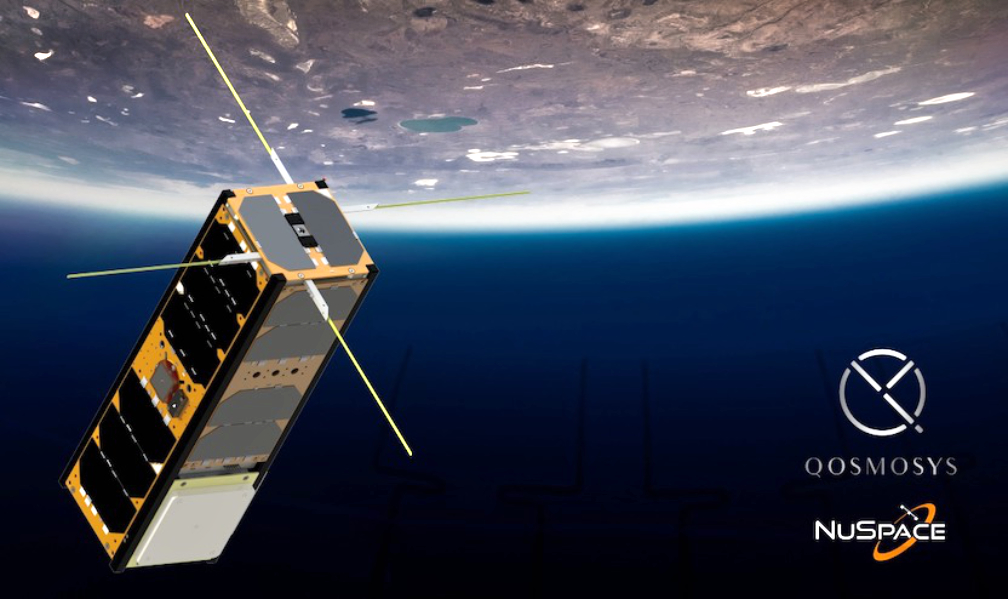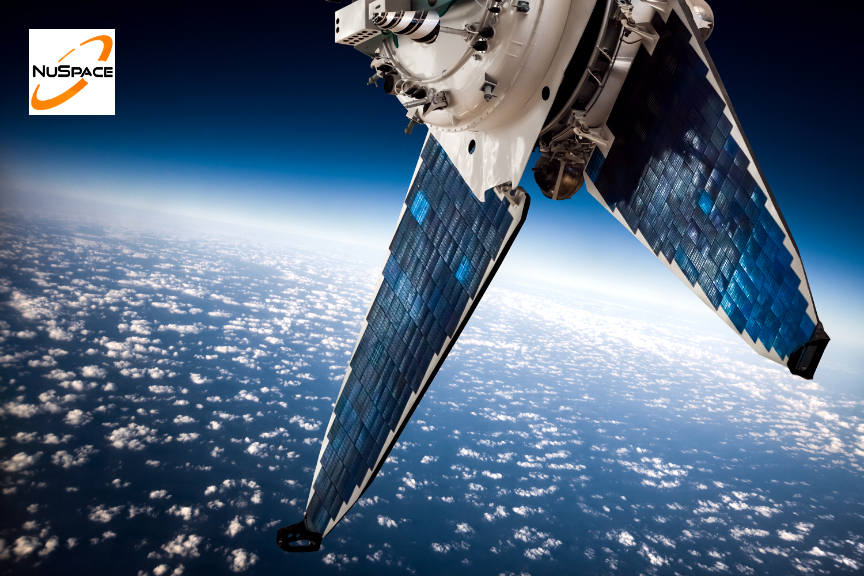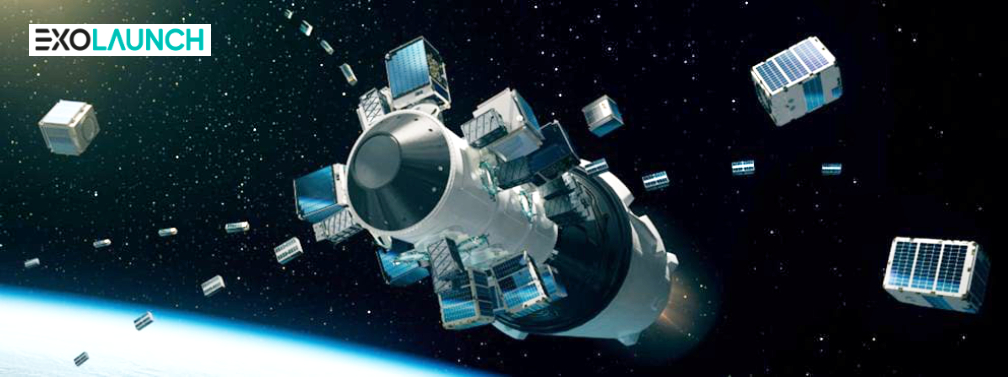
Exolaunch has announced a successful launch of 30 commercial, space agency and university satellites for the firm’s customers from Europe and the U.S. on the first dedicated rideshare mission of SpaceX’s SmallSat Rideshare Program. The mission, named “Zeitgeist,” lifted off on January 24 at 15:00 UTC on Falcon 9 “Transporter-1,” completing one of the largest and most diverse rideshare missions for Exolaunch.
Zeitgeist kicked-off the first of several rideshares Exolaunch will manifest on Falcon 9 as part of a multi-launch agreement with SpaceX. On this mission, Exolaunch provided deployment, mission management and integration services to the German Aerospace Center (DLR), Dresden Technical University, ICEYE, NanoAvionics and other commercial companies for IoT, Earth observation and scientific applications.
Zeitgeist was Exolaunch’s 12th rideshare mission. As with previous launches, Exolaunch utilized its proprietary flight-proven separation systems – CarboNIX, the next generation shock-free separation system for microsatellites, upgraded modifications of EXOpod cubesat deployers, as well as its EXObox sequencers to flawlessly deploy its customers’ satellites into the target orbit. With this launch, Exolaunch has flown 140 smallsats on multiple launch vehicles.
“This Zeitgeist mission set a new standard for rideshare launches and not only was a successful demonstration of Exolaunch’s capabilities, but also paved the way for smallsat developers from around the world to participate in SpaceX’s SmallSat Rideshare Program,” said Jeanne Medvedeva, Vice President of Launch Services at Exolaunch. “We are proud to be working with so many of the world’s leading satellite and technology companies to advance the NewSpace industry, and we are already looking ahead to additional Falcon 9 launches later this year.”
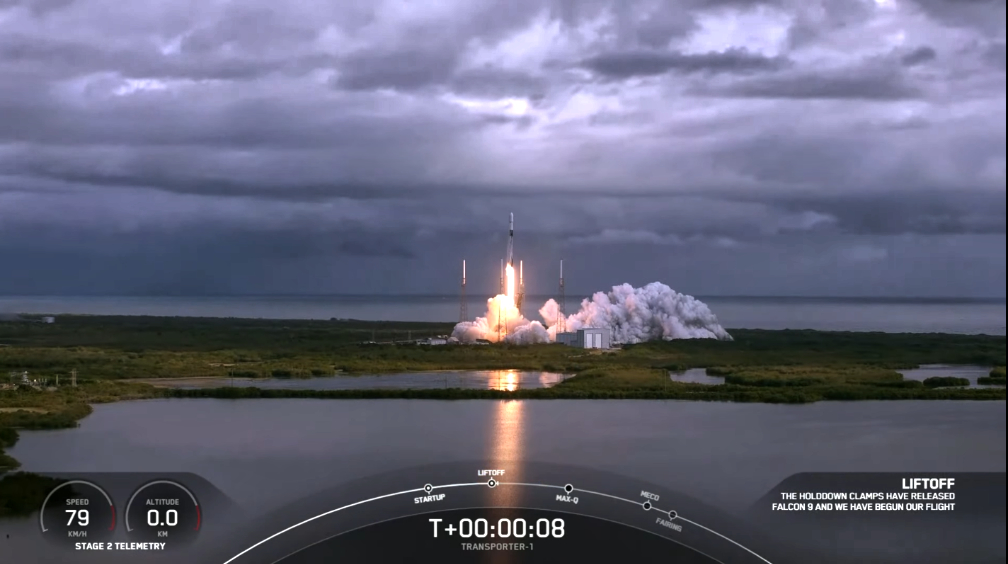
Exolaunch’s manifest on the Transporter-1 mission (launch photo above, courtesy of SpaceX) includes the following satellites:
- Charlie nanosatellite built by NanoAvionics for Aurora Insight: The first of two nanosatellites, built and integrated by NanoAvionics for US radio frequency spectrum and wireless data provider Aurora Insight.
- CubeLCT nanosatellite from the German Aerospace Center (DLR): The CubeLCT is developed by DLR Institute of Communications and Navigation in close cooperation with its commercialization partner Tesat-Spacecom (TESAT) in Backnang. The satellite has been developed and integrated by the Danish company GomSpace. The development of the CubeLCT serves the demand for increasing bandwidth, resulting in new sensor capabilities on small satellites.
- SOMP-IIb (Student’s Oxygen Measurement Project) nanosatellite from Dresden Technical University: Part of a student small satellite project of the Dresden Technical University, the goal is to measure atomic oxygen of the upper atmosphere, test flexible solar cells and more.
- 3 x ICEYE satellites: Three more satellites of the commercial constellation of radar imaging satellites built and operated by ICEYE.
- 24 satellites from unnamed commercial customers.
Exolaunch continues to make space more accessible through regular and cost-efficient rideshare missions for small satellites. In addition to successful satellite deployments from SpaceX’s Falcon 9, Exolaunch’s flight heritage includes Arianespace’s Soyuz-ST, RocketLab’s Electron, Roscosmos’ Soyuz-2 and a scheduled mission with ISRO’s PSLV later this year.

